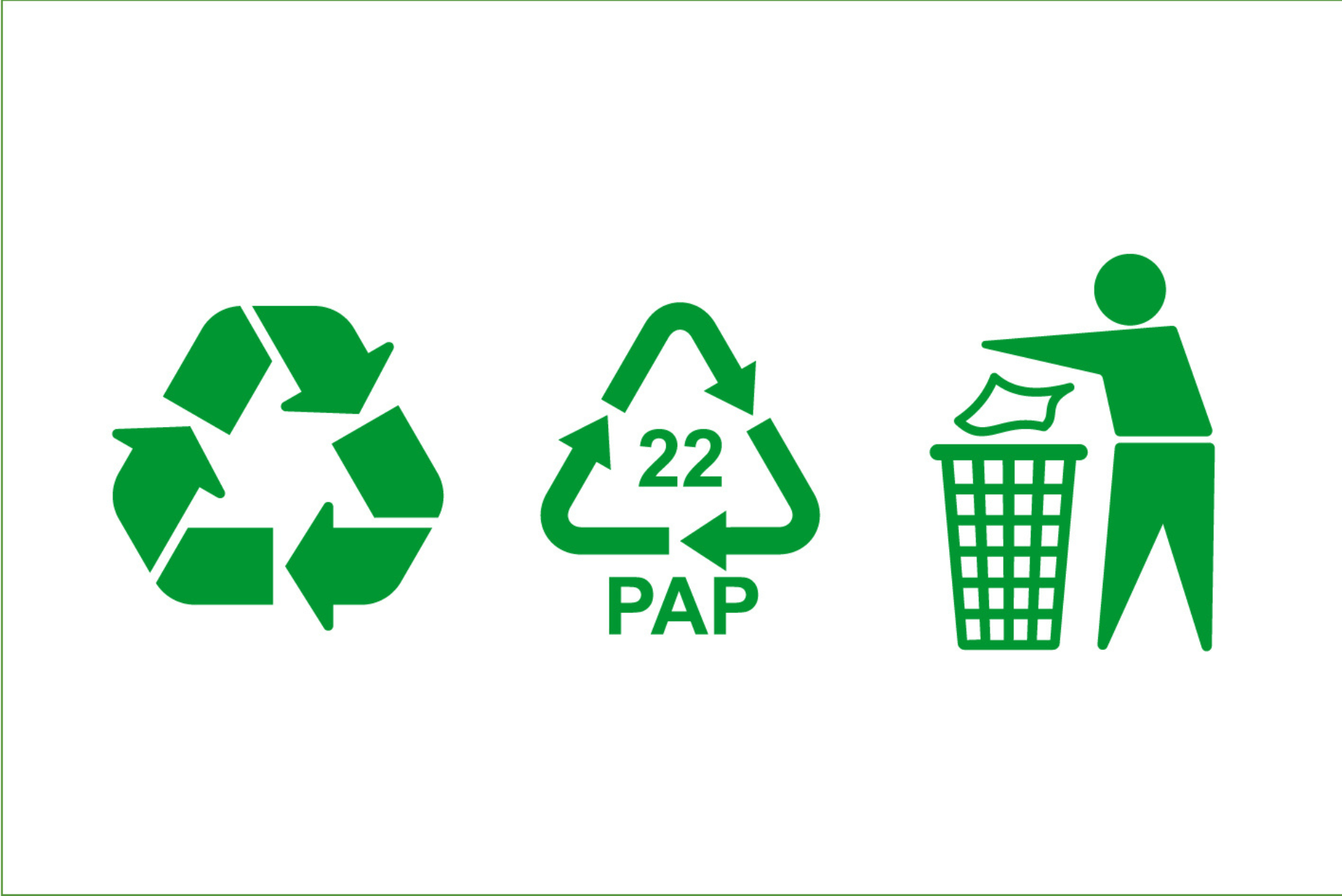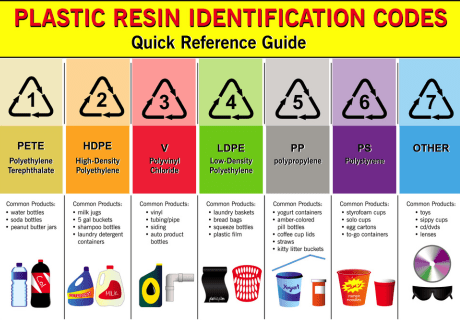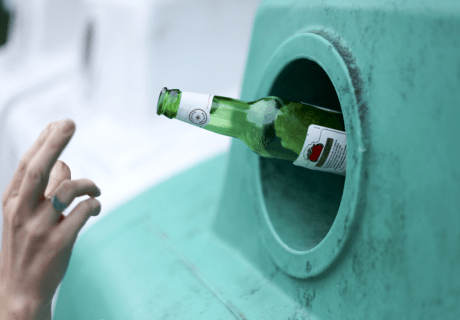The Different Recycling Symbols Meanings – Explained
Recycling symbols serve as a universal language for waste management. They provide vital information about the materials used in a product’s packaging and guidance on how to dispose of them properly. Understanding these symbols empowers individuals to make informed choices about recycling and contributes to a more sustainable future.
Understanding Specific Recycling Symbols’ Meanings
Recycling Symbols Meanings:
The plethora of symbols associated with recycling often leads to confusion. However, with a bit of knowledge, deciphering these symbols becomes more straightforward. Each symbol conveys a unique message, guiding consumers on how to handle a particular material.
Recycling Symbols Explained:
Explaining the significance of recycling symbols involves shedding light on their individual meanings and the actions they imply. By grasping the nuances of these symbols, consumers can actively participate in sustainable waste management practices.
Commonly Encountered Recycling Symbols
Some believe that once recyclables are collected, they all end up in the same landfill. In truth, recycling facilities use advanced sorting processes to separate materials into distinct categories, ensuring proper processing. Contamination, however, can lead to recyclables being diverted to landfills. Adhering to local recycling guidelines and avoiding contamination are crucial for the effectiveness of recycling programs.
The Mobius Loop ♻️
One of the most recognized symbols, the Mobius Loop, indicates that a product or packaging is recyclable. It comprises three arrows forming a continuous loop, symbolizing the infinite recycling process. However, the absence of this symbol doesn’t always mean an item isn’t recyclable; local recycling guidelines vary.
The Resin Identification Codes ♳♴♵♶♷♸♹
These numbers within chasing arrows represent different recycling symbols plastic has to offer. Ranging from PET (Polyethylene Terephthalate) to PS (Polystyrene), these codes aid in sorting plastics for recycling. Remember, not all plastics are recyclable, and local facilities might not accept certain types.
- ♳ PETE or PET (Polyethylene Terephthalate): This is commonly used for water and soda bottles, as well as food containers. It’s widely accepted in recycling programs.
- ♴ HDPE (High-Density Polyethylene): Found in milk jugs, detergent bottles, and some plastic bags. It’s also commonly accepted in recycling programs.
- ♵ PVC (Polyvinyl Chloride): Used in pipes, cable insulation, and some packaging. PVC is less commonly recycled and can release harmful chemicals during manufacturing.
- ♶ LDPE (Low-Density Polyethylene): Used in grocery bags, some food wraps, and squeezable bottles. It is accepted in some recycling programs.
- ♷ PP (Polypropylene): Found in yogurt containers, caps, and some packaging. It’s also commonly recycled.
- ♸ PS (Polystyrene): Used in disposable foam products, packaging, and some food containers. Recycling of polystyrene can be limited.
- ♹ Other: This category is a catch-all for other plastics, including those made from multiple resins or those that don’t fit into the other categories. The specific resin used should be indicated nearby or on the product.
The Compostable Logo ♻️
A symbol that resembles the Mobius Loop but with the added word ‘compostable’ or ‘compostable certified’ signifies that the item is biodegradable and suitable for composting. It’s crucial to follow specific composting guidelines to ensure the item breaks down efficiently. Check out the EPA recommendations for composting.
The Tidyman Symbol 🚯
This symbol serves as a reminder to dispose of products thoughtfully and responsibly. It encourages proper waste management to minimize littering and environmental pollution.
The “Tidy Man” symbol is not associated with specific materials or recycling codes like the Resin Identification Codes for plastics. Instead, it serves as a general reminder to dispose of waste appropriately and to contribute to maintaining a clean and litter-free environment.
This symbol is commonly used in public spaces, on trash bins, and in educational materials to encourage people to dispose of their waste properly. It’s a part of broader efforts to promote environmental awareness and responsible waste management practices.
Less Common Recycling Symbols Meanings
Paper Recycling Symbols
- PAP-20 is the recycling symbol for cardboard. This means that kind of cardboard is recyclable. Keep in mind that contaminated cardboard such as the bottom of a greasy pizza box shouldn’t be recycled, even with this logo.
- PAP-21 means mixed paper. This would be (but not limited to) your mail, note cards, colored paper, magazines and phone books… if anyone even has those anymore! Anything that isn’t a plain sheet of paper. Which brings us to the next symbol.
- PAP-22 Plain paper… enough said. Regular blank paper!
Metal Recycling Symbols
- FE-40 is for steel. Such as your food cans and your aerosol receptacles. However, this is not for construction steel. That type of steel needs to go back to a scrap yard.
- ALU-41 means recyclable Aluminum. The best way to recycle Aluminum is to head to your favorite local redemption center! If you live in a deposit state you can get your 5 or 10 cent deposit back for returning them.
Glass Recycling Symbols
- GL-70 mixed glass containers (clear glass with color, like figurines or any matter of blown glass art)
- GL-71 clear glass (beer bottles)
- GL-72 green glass (beer bottles)
- GL-73 dark amber glass (beer bottles)
- GL-74 light amber glass (beer bottles)
- GL-75 light leaded glass (electronics glass)
- GL-76 heavy leaded glass (ashtrays or that old TV with a built in VHS player, yes that old!)
- GL-77 glass with copper
- GL-78 glass mixed with silver
- GL-79 glass mixed with gold
Organic Material Recycling Symbols
- FOR-50 recyclable woods (furniture, cutting boards, brooms, pencils etc)
- FOR-51 cork (wine-o’s ;-))
- TEX-60 cotton (shirts, swaps, pads, towels etc)
- TEX-61 Jute, which is apparently a strong fiber used in other clothing (I didn’t know what that was either, don’t worry!)
Composite/blended Material Recycling Symbols
- PapPet-81 which is paper mixed with plastics like pet food bags
- C/PAP-84 paper mixed with cardboard/plastic/aluminum like gum wrappers or juice boxes
- CSL-87 biodegradable plastics
- C/LDPE-90 plastic mixed with aluminum (toothpaste)
- C/LDPE-91 Plastic/tinplate (cans with non-removable plastic liner)
These are the most commonly used composites but you can find the complete list on Wikipedia.
Understanding recycling symbols is a significant step toward effective waste management. By comprehending these symbols and their meanings, individuals can actively contribute to a more sustainable environment. However, it’s vital to remember that while these symbols provide guidance, they aren’t the sole solution. Sustainable practices like reducing consumption, reusing items, and responsible disposal are equally crucial in preserving our planet’s health.
Recycling symbols play a pivotal role in our collective effort toward a greener future. By decoding these symbols and acting upon their guidance, we pave the way for a more environmentally conscious society.
Next time you encounter these symbols, remember—they’re not mere marks; they’re your guide to making a positive impact on the world.
Next Article: What Is Not Recylable? >



